Carphephorus corymbosus
(Florida Paintbrush)
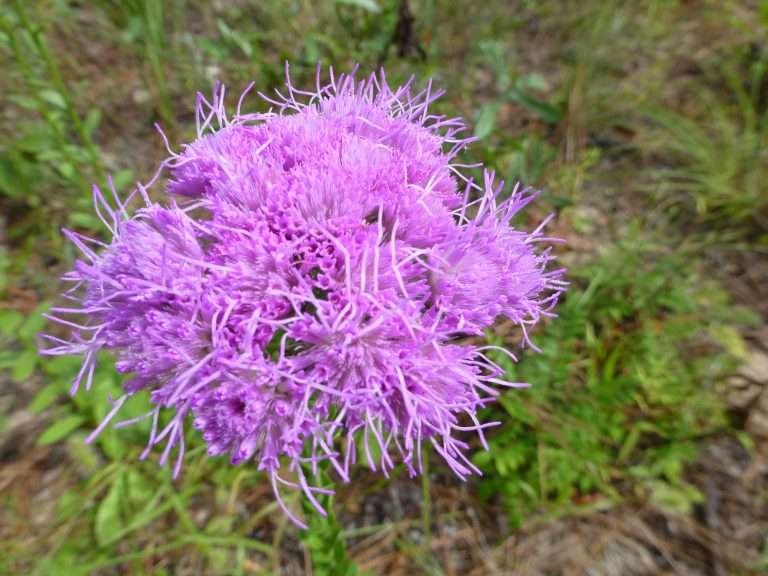
Common Name, Latin Name, and Family
Common names include Florida paintbrush and coastalplain chaffhead.
Its Latin name is Carphephorus corymbosus.
It is found in the Asteraceae, or aster, family.
Form
Florida paintbrush is a perennial wildflower that grows to a height of 3 feet when in bloom.
Leaves
When not in bloom the leaves form a basal rosette of spatulate leaves.
The stem leaves are alternate and elliptic in shape.
Flowers
Purple flowers appear in late summer and early fall with some occasionally blooming into early winter.

Fruit / Seeds
Once the flowers are pollinated the seeds form.
The small seeds have a fluffy pappus at the end that helps them to be blown around by the wind to start new plants.
If you collect the seeds be sure to check carefully for insects inside the seed heads because there is some small insect that lays eggs on the seeds and the larva consume the seeds. You can tell which ones are infested because they are clumped tightly together. Make sure to remove these before storage or they will eat the entire batch of seeds.
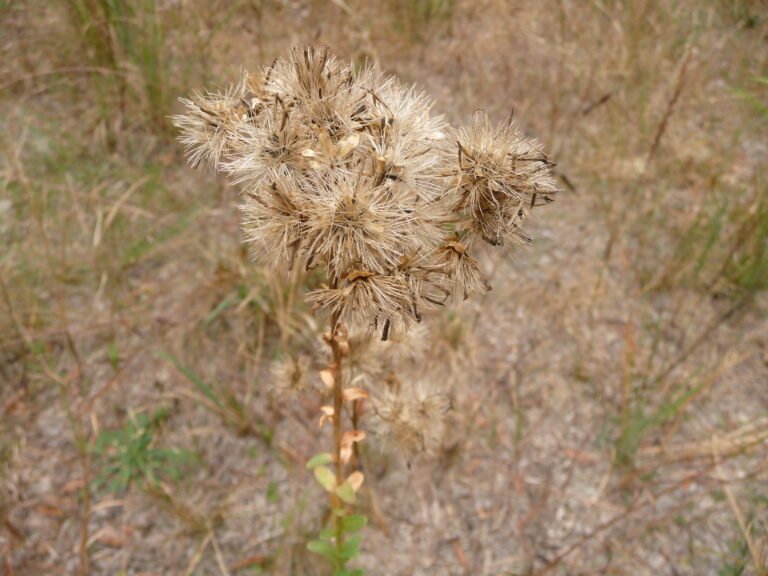
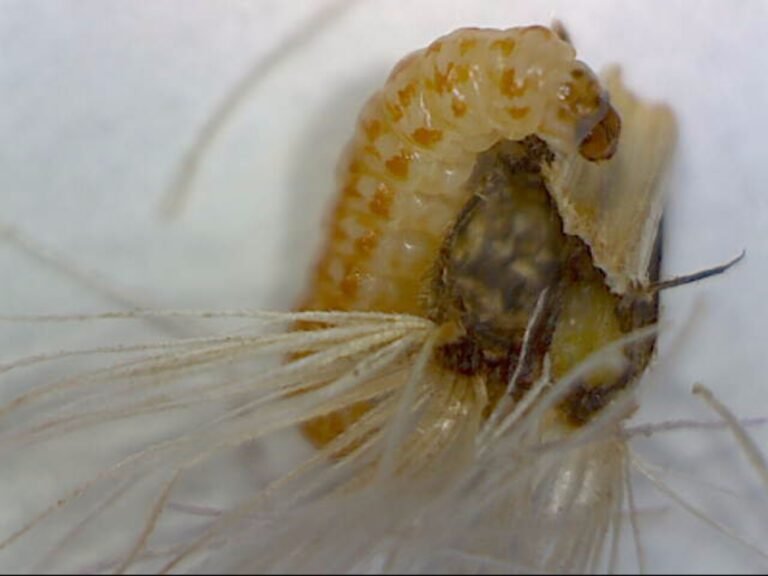
Habitat
Florida paintbrush grows in pinelands and dry habitats.
Native Range
In Florida it is found naturally occurring in almost every county except the extreme panhandle.
It is native to Florida, Georgia and South Carolina.
It grows in zones 8a to 10b.
Landscape Use
It grows in full sun to part shade with average to dry soils.
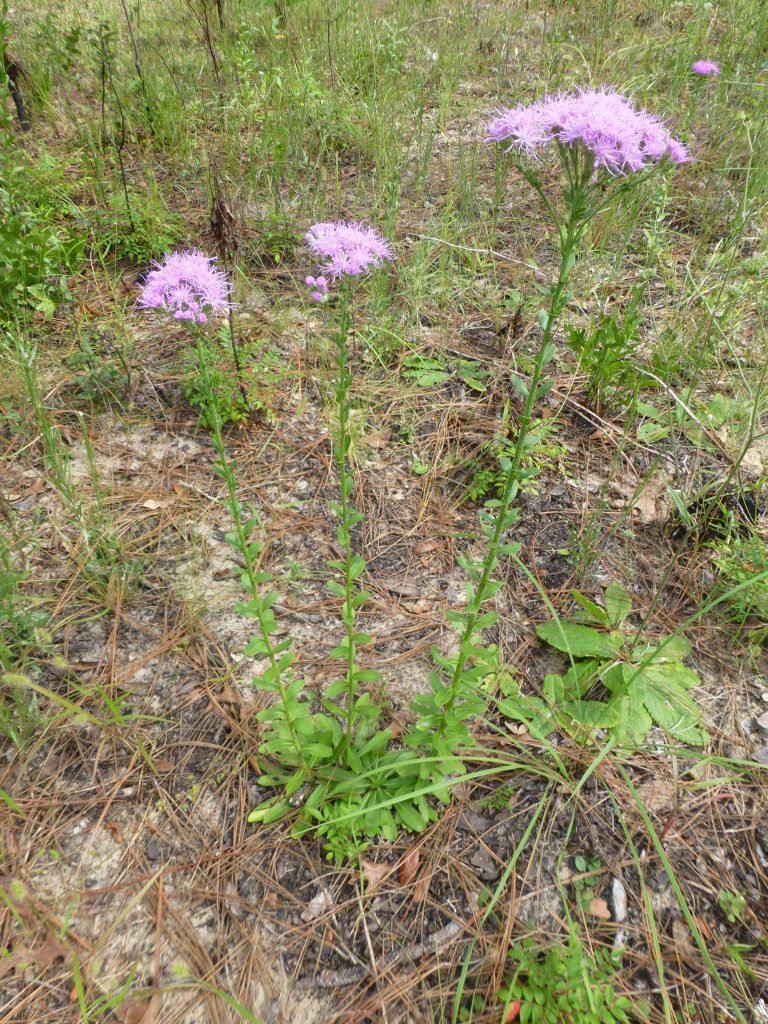
Wildlife Use
Florida paintbrush is a favorite nectar plant for butterflies and bees!
The seeds are eaten by songbirds and small mammals.
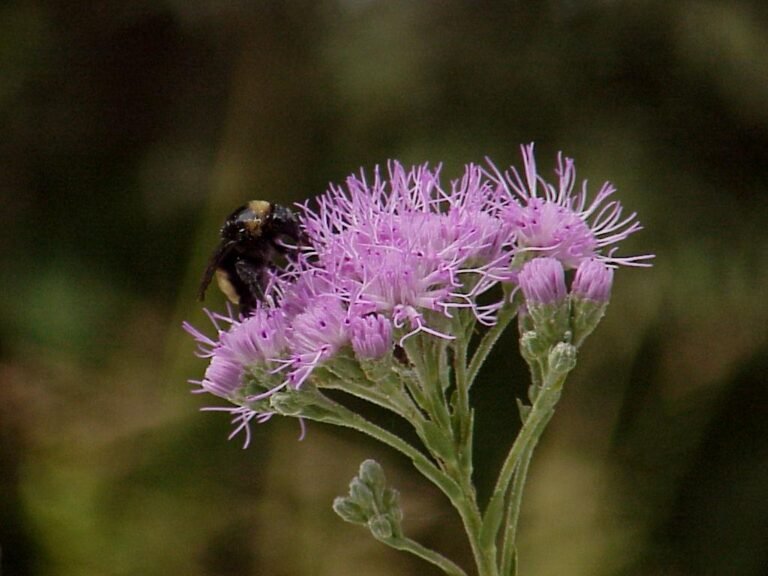
Propagation
It can be grown from seed as well as being transplanted.
The seeds need cold stratification for 2-3 months, to mimic the natural seasons, before they will germinate.
When transplanting it is best to remove any blooms so the plant can use that energy to recover from the move.
The best time to transplant it is when it first starts to grow in the spring. It transplants very well.
